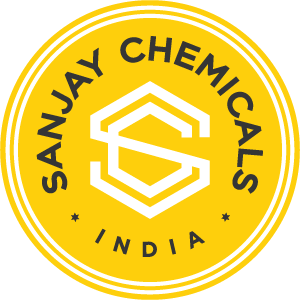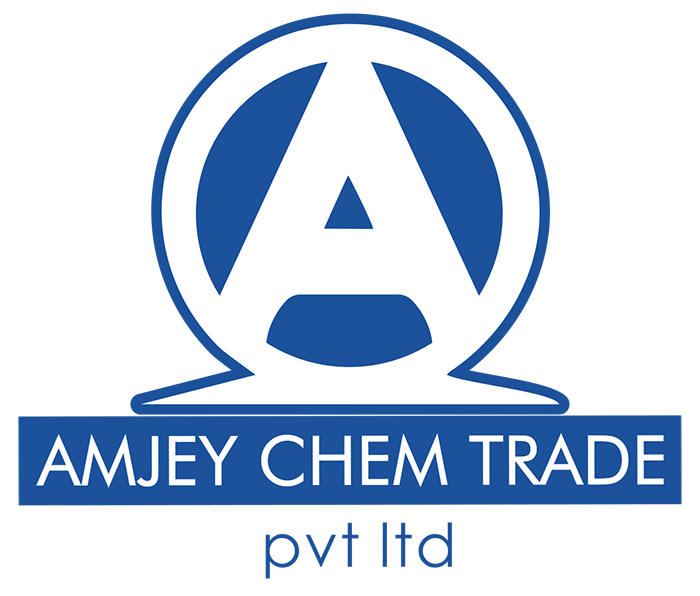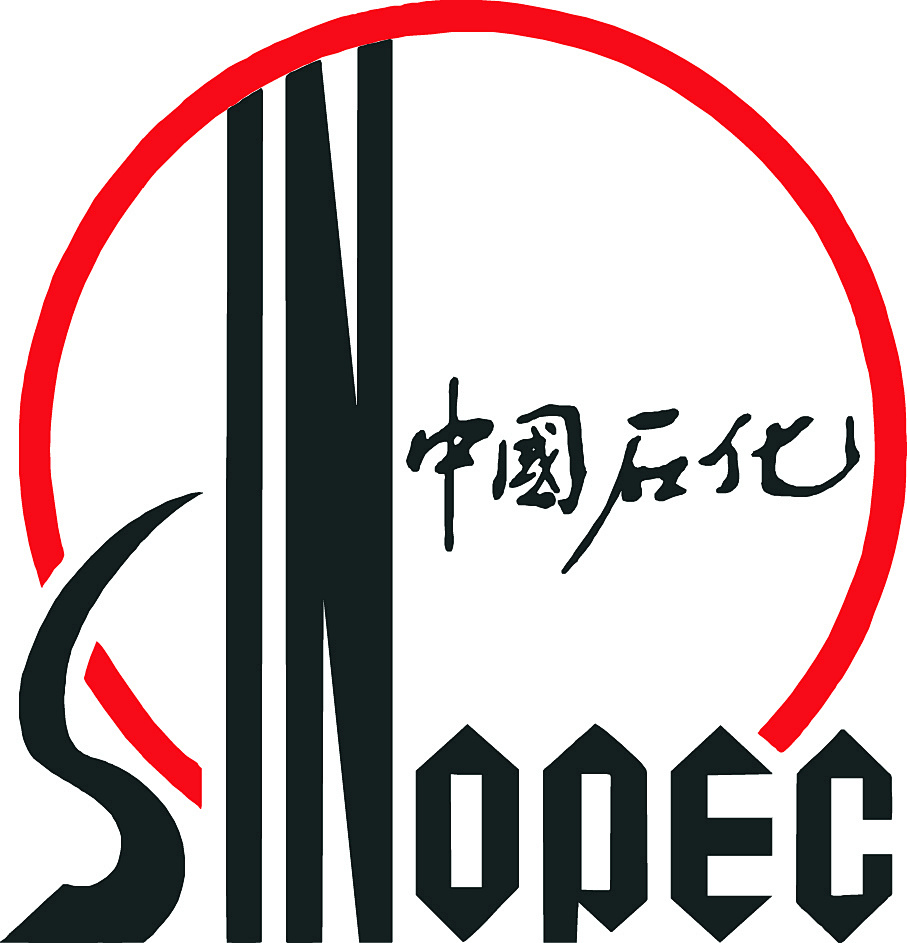GHS Label elements, including precautionary statements
Precautionary statements
P201 Obtain special instructions before use.
P202 Do not handle until all safety precautions have been read and understood.
P210 Keep away from heat/sparks/open flames/hot surfaces. — No smoking.
P260 Do not breathe dust/fume/gas/mist/vapours/spray.
P261 Avoid breathing dust/fume/gas/mist/vapours/spray.
P264 Wash hands thoroughly after handling.
P264 Wash skin thouroughly after handling.
P270 Do not eat, drink or smoke when using this product.
P273 Avoid release to the environment.
P280 Wear protective gloves/protective clothing/eye protection/face protection.
P301+P310 IF SWALLOWED: Immediately call a POISON CENTER or doctor/physician.
P303+P361+P353 IF ON SKIN (or hair): Remove/Take off Immediately all contaminated clothing. Rinse SKIN with water/shower.
P305+P351+P338 IF IN EYES: Rinse cautiously with water for several minutes. Remove contact lenses, if present and easy to do. Continuerinsing.
P307+P311 IF exposed: call a POISON CENTER or doctor/physician.
P310 Immediately call a POISON CENTER or doctor/physician.
P311 Call a POISON CENTER or doctor/physician.
P405 Store locked up.
P501 Dispose of contents/container to..…
Hazard statements
H225 Highly Flammable liquid and vapour
H227 Combustible liquid
H301 Toxic if swalloed
H302 Harmful if swallowed
H311 Toxic in contact with skin
H312 Harmful in contact with skin
H314 Causes severe skin burns and eye damage
H318 Causes serious eye damage
H319 Causes serious eye irritation
H331 Toxic if inhaled
H332 Harmful if inhaled
H340 May cause genetic defects
H341 Suspected of causing genetic defects
H360 May damage fertility or the unborn child
H370 Causes damage to organs
H372 Causes damage to organs through prolonged or repeated exposure
H373 May cause damage to organs through prolonged or repeated exposure
H401 Toxic to aquatic life
H411 Toxic to aquatic life with long lasting effects
![]() +086 1911-7288-062 [ CN ]
+086 1911-7288-062 [ CN ]
![]() +852 97481178 [ HK ]
+852 97481178 [ HK ]








































































































